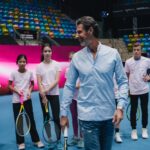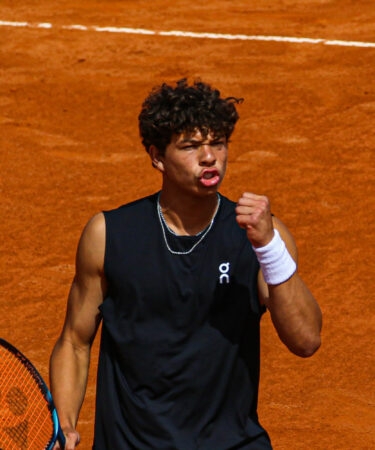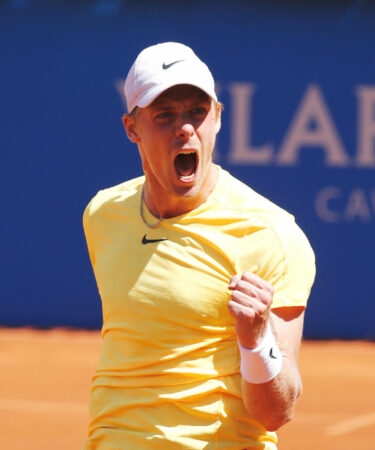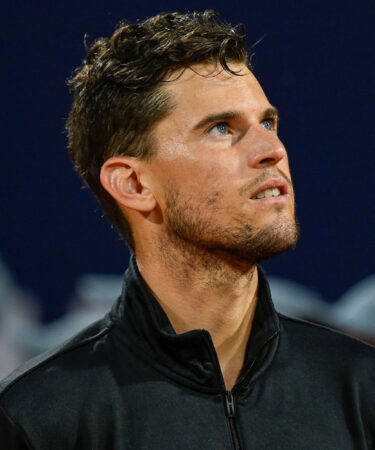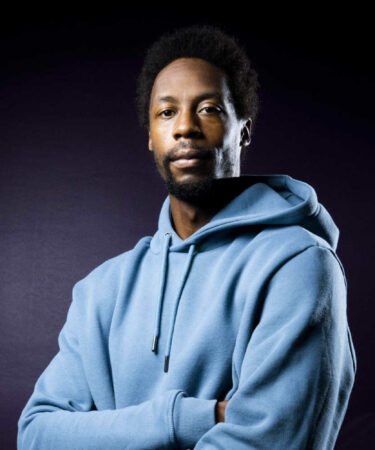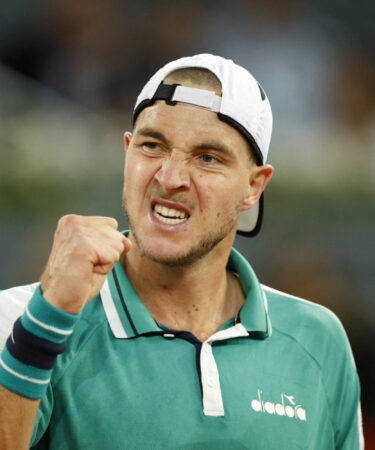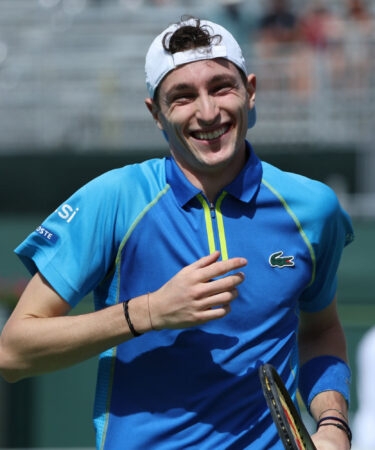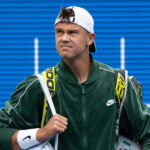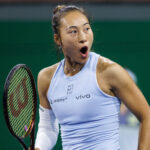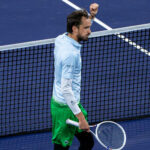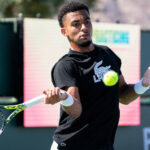Improve second serve and work on cardio: How players would adapt to a UTS-only year
UTS stars discuss what they would do differently in training if they played by UTS rules all season.
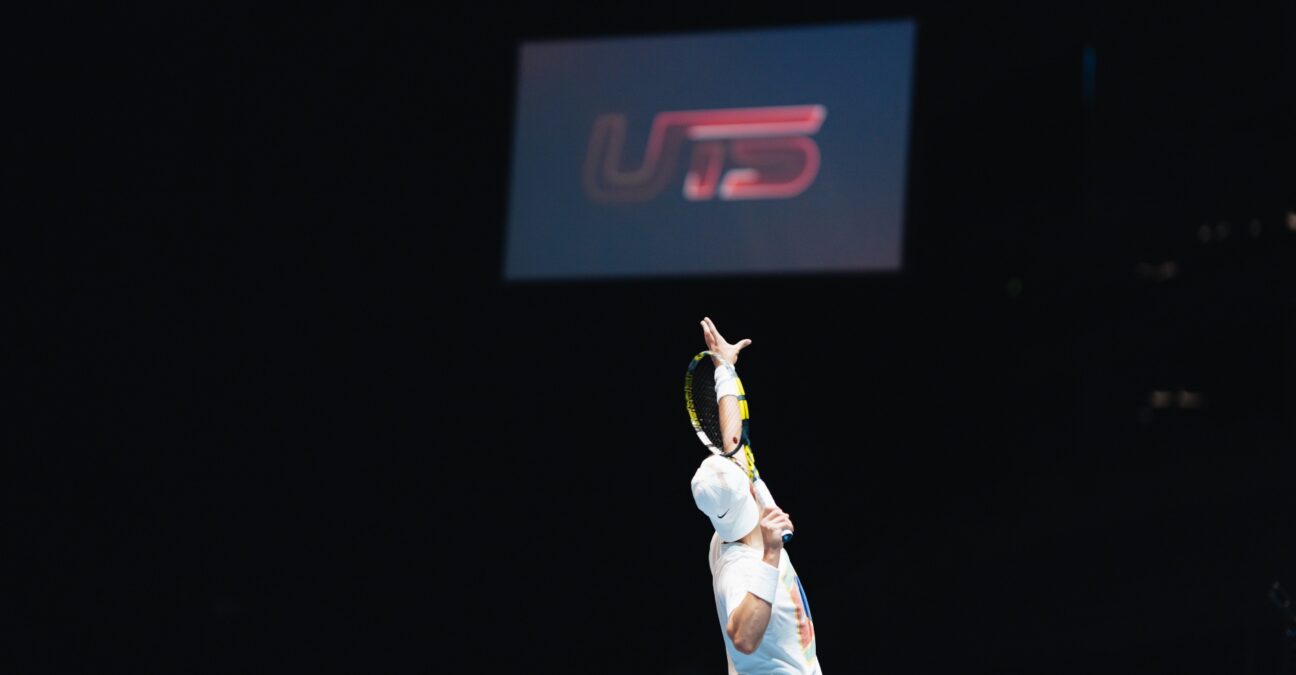 Holger Rune, UTS Oslo 2024 – © UTS
Holger Rune, UTS Oslo 2024 – © UTS
Imagine a scenario where players competed in UTS all year round. No best of three, best of five; just the most intense, lung-busting tennis, the innovative, shortened format that tests physical and mental strength in a totally different way from the regular Tours.
Some players would prosper even more, others would doubtless struggle. But they all would adapt, find a way to succeed and use the talent they have honed over a lifetime, channelling it into the particular questions posed by eight-minute quarters, next point counts for three and 15 seconds between points.
So what exactly would they do?
“I would practice every day (playing) four quarters because it’s really intense,” said Dominic Thiem during UTS Frankfurt this year, the Austrian who retired in late 2024 but who tasted UTS on three occasions.
“I think it would be much easier to practice because you have time – it’s not going to be longer or shorter – so I would practice every day like this, I think I would be well prepared.”
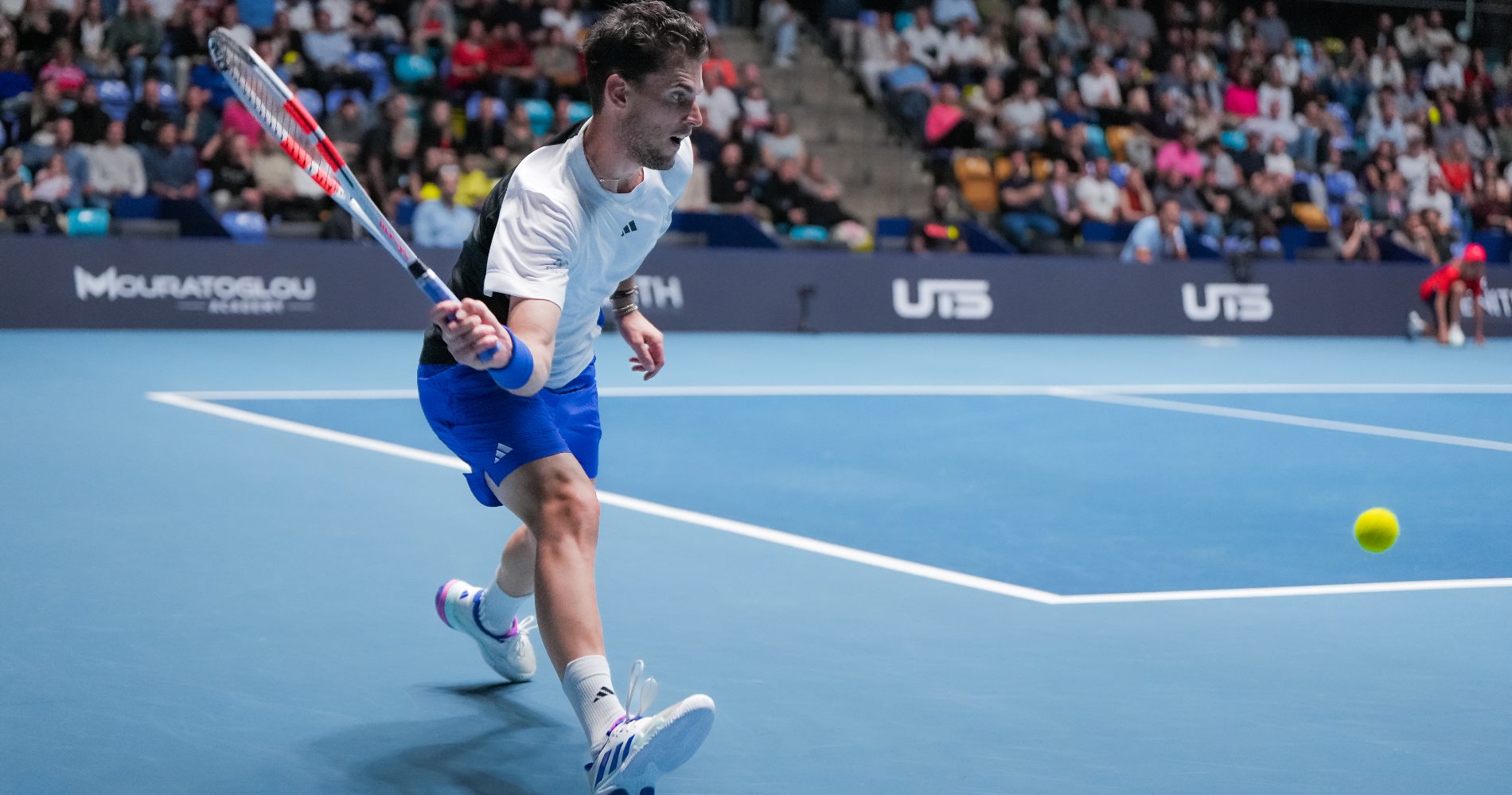
Improving “hybrid” serve
With just one serve, UTS places the focus even more on serve and return than the regular Tour. Miss your first (and only) serve and you lose the point; on return, facing a second serve, the receiver is already almost at 50-50 in the point and the onus is the returner to force the issue.
That rule, more than any other, makes players think. “Second serve, because there’s only one serve and also the return of the second serve,” said Thiem. “It’s very specific that you only have one serve.”
Jan-Lennard Struff, The Thunder, has one of the biggest serves in the game. For him, consistency would be key.
“I would (focus on) serve tactics, for sure, try to get the one serve I have much faster and more secure, that’s the biggest difference,” he said during UTS Frankfurt.
UTS suits some players more than others. Generally, those players – like Struff – who rely on their first serve for the majority of their points in service games are limited, especially if there is a big difference between their first and second serves.
Others, like Ben Shelton, who won UTS Frankfurt in 2024, possess the ideal kind of two-thirds serve; not quite a full first serve, but certainly more than second. The American believes he would be even more effective if he played a full season of UTS and nothing else.
“I think I would just work on kind of like a hybrid between my first and second serve a bit more instead working on the two separately,” The Mountain said in Frankfurt. “At UTS, it is important to still be aggressive with the serve but you want to be making at least 90 percent.
“I’d say I (normally) go between (second) serve and a half most of the time,” he said. “Sometimes, depending on the situation, I drop down to second, sometimes I go up to full first serve, it just depends on the moment. The great thing about my serve is I can get still good production and be effective without going for too much. I just try to get the most out of my serve with the least risk.”
Gael Monfils – La Monf – the winner of UTS New York in 2024, agrees. “Of course, tennis-wise I think I would maybe try to serve a little faster on my second serve, try to have a decent second serve with more spin or more speed,” he said.
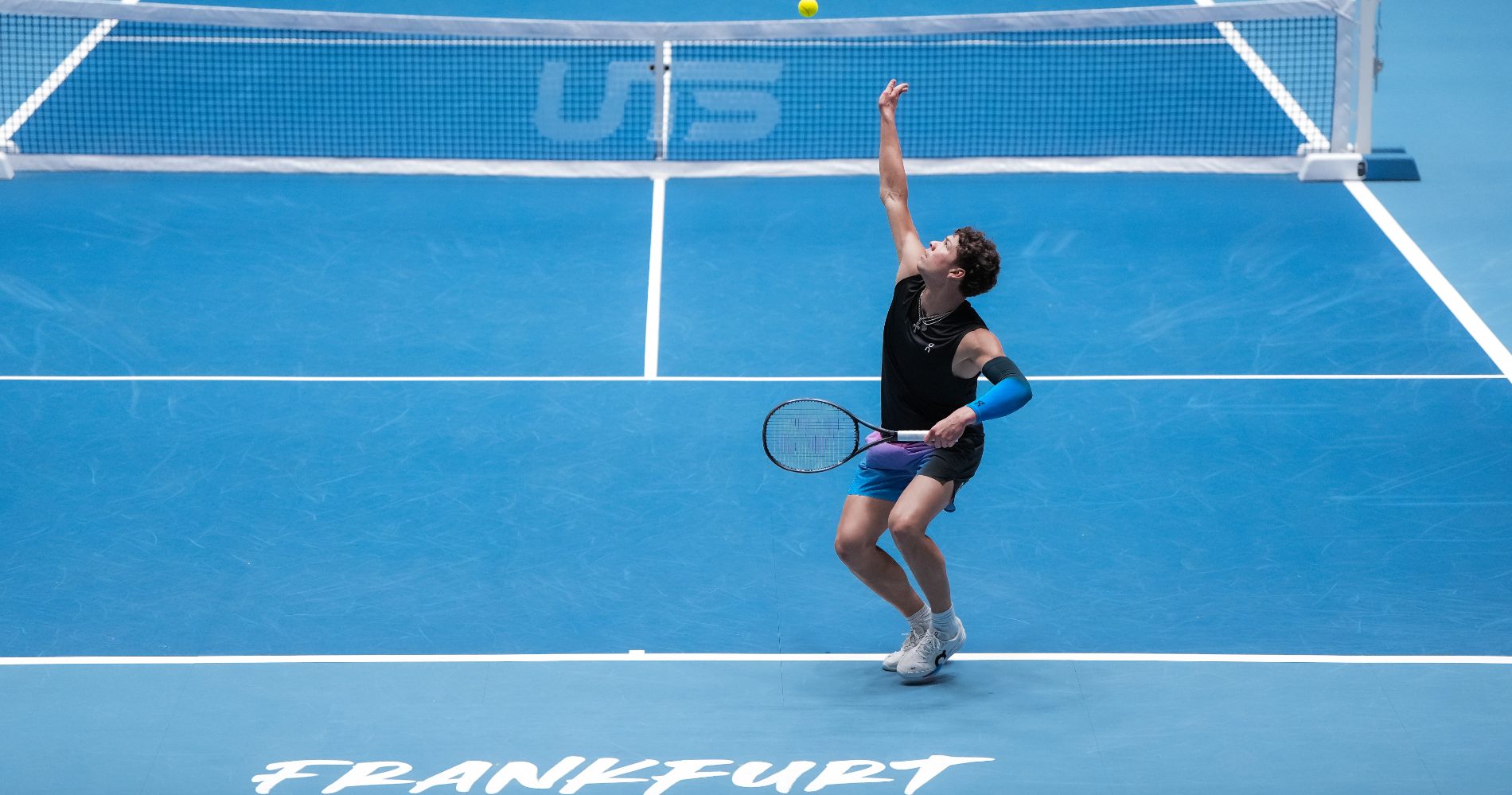
Consistency also important
For Denis Shapovalov, a UTS-only season would mean working more on consistency, eliminating the serving errors that have cost him at times.
“I think I would work a lot on my second serve, make sure it’s consistent and solid,” he said, adding that physical work, playing points for eight minutes and resting, would be crucial. But “Shapo” said he would largely stick to what he knows, rather than focusing on individual aspects of the game.
“I think my game style would stay the same. It’s not easy to change your game style, you get confused. It’s better to stick with what you’re used to.”
Cardio would be more important
The one thing all players are agreed on is that they would need to work on their fitness for the four eight-minute quarters and short time between points.
“Definitely I would work a little bit more on the recovery between points, doing some intervals quicker,” Monfils said. “I feel like it’s quite intense so I would really work on this part.”
Ugo Humbert put things even more succinctly, saying: “I would do more cardio”, while The Thunder agreed. “On the time, I would train a bit more to be faster,” he said. “My game is to play a bit risky. I would maybe play a bit more secure.”
UTS is also about entertainment, of course, and Shelton said playing a year of UTS only would allow him to try a few different things.
“If I had to play UTS rules all year long would work on more around the net shots,” he said, with a gleam in his eye. “I think it’s an important part of the game, if you can be precise and hit the winner around the net – it’s quite easy with the shorter nets – that’s a shot I’d work on more.”

